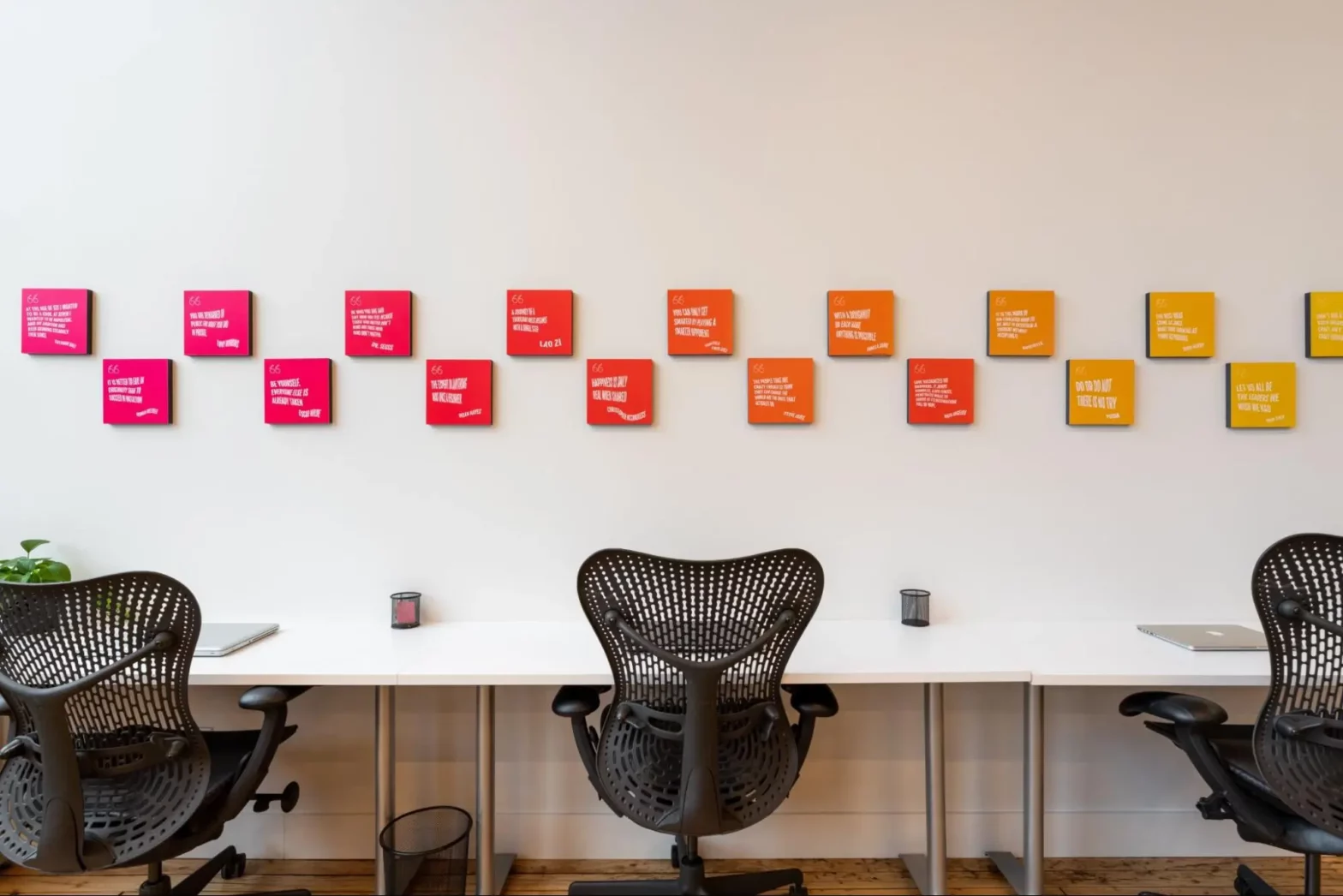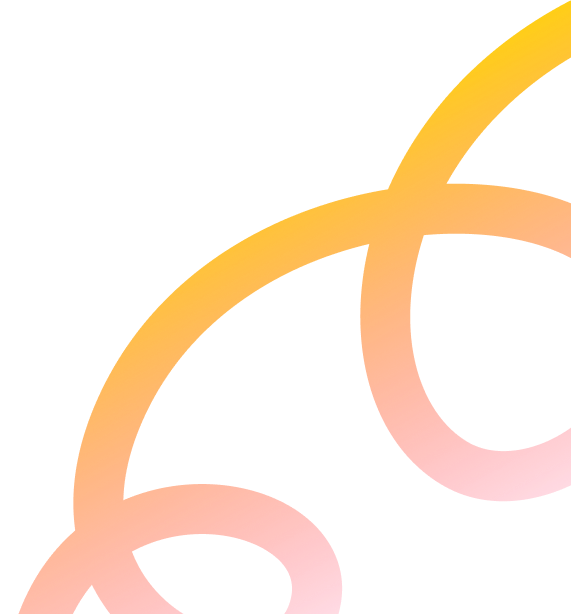
What are Employee Benefits That Matter in 2025
The main employee benefits that matter in 2025 are the ones that truly support you, including flexible work arrangements, family support (beyond parental leave), financial wellness programs, career development programs, wellness initiatives, and more. Learn what to look for in an employer and how the best companies are stepping up for their teams in 2025.
Around 62% of employees choose an employer based on the salary and benefits it offers. But what employees consider “benefits” has evolved significantly. Professionals in always-on industries, such as advertising, are especially sensitive to perks that match the intensity and unpredictability of their work.
Maternity leave, health insurance, and retirement plans remain must-haves. But today, flexibility, mental health support, and career growth are just as necessary.
At Ad Culture, we specialize in connecting top marketing talent with forward-thinking employers. Seeing both sides of the hiring equation gives us an insight into what’s being offered—and what top candidates (like you) should be asking for.
In this guide, we’ll explore the employee benefits that matter most in 2025. Discover the employee benefits plans that help you do your best work and live a fuller life outside of it.
What Benefits Matter Most to Employees?
Health insurance, retirement plans, and paid time off (including maternity and parental leave) are the employee benefits that matter most to workers. However, evolving employee expectations have expanded what constitutes competitive benefits to include:
| Artificial Intelligence in HR |
Related Resource: A Guide to Employee Benefits

Image Source: Shutterstock
Top Workplace Benefits in 2025
Many job seekers today prioritize work-life balance. That’s why future workplace trends (beyond basic benefits) are shifting toward holistic benefits packages that support physical, mental, and financial well-being.
Here’s what smart employers are using to attract and retain top talent:
Flexible Work Arrangements
Since the pandemic, flexible work has become non-negotiable for many employees. Roughly 80% consider it essential, and 40% would quit if another opportunity were to offer it. At Ad Culture, we see marketing professionals consistently rank flexibility as a dealbreaker, but what they consider the “best” level of flexibility varies.
For example, an SEO Manager with family responsibilities may prioritize fully remote work to care for kids. Meanwhile, an ambitious Account Manager may prefer a hybrid work arrangement to stay visible for career growth while still maintaining control over their schedule.
When both setups exist in the same company, that’s when you know they truly understand what flexible work means.
| What are the types of flexible work arrangements? |
Flexible work arrangements generally fall into three types:
Good to know: Flexible work arrangements in Canada are supported by federal labor legislation. Employees who’ve been working for six months have the legal right to request flexible work. |
Related Resource: Signs of Disengaged Employees
Expanded Family Support
When companies say they support families, that often just means offering maternity and parental leave. But these should be the floor, not the ceiling.
Here are the top employee perks beyond maternity leave that progressive employers are offering:
- Family planning and fertility benefits (i.e., fertility treatments, preservation, surrogacy, adoption)
- Childcare subsidies
- Onsite childcare facilities
- Access to child and eldercare
- Pet insurance + vet discounts
Fun fact: Companies with strong family-related benefits often outperform competitors and have more satisfied teams.
| How long is parental leave in Canada? |
Parental leave in Canada typically lasts:
This is separate from maternity leave, which lasts up to 15 weeks. Parents can apply for both parental and maternity leave at once. |
Related Resource: How to Prepare for Maternity/Paternity Leave
Mental Health Benefits/Wellness Programs
Around 84% of employees say their work conditions have contributed to at least one mental health challenge. That’s why access to mental health resources is now considered one of the most attractive workplace benefits in 2025.
Forward-thinking companies are prioritizing employee benefits that matter most to mental wellness, like:
- Therapy coverage or Employee Assistance Programs (EAPs)
- Mental health days
- Stress management programs
- Smoking cessation programs
- Mental health screenings
- Wellness stipends for gym memberships, mental health counseling, or sports activities
- Manager mental health training
- Breastfeeding programs
- Wellness app subscriptions
| How does mental health benefit the workplace? |
| Supporting mental health in the workplace leads to more engaged and productive teams, as well as a stronger bottom line. Employees with good mental health tend to be happier and more committed, which in turn translates to better work quality and increased employee retention.
Fun fact: The ROI on mental health investments averages $24 for every $1 spent. |
Financial Wellness Support
Effective HR and benefits leaders recognize that financial concerns directly affect mental health (and productivity), so more companies now offer benefits like:
- Financial literacy programs (i.e., investment education, financial planning sessions, etc.)
- Financial counseling and estate planning services
- Budgeting/debt management tools
- Student loan repayment assistance
- Stock option programs
- Emergency savings programs
- Holiday cash bonuses
- Performance bonuses
| Brand Spotlight: Samsung supports employee financial well-being with a range of programs, including Flexible Spending Accounts (FSAs). These plans enable employees to set aside pre-tax dollars for everyday expenses like healthcare, dependent care, or commuting. It’s a straightforward way to save money and reduce taxable income simultaneously. |

Image Source: Shutterstock
Professional Development Programs
The best employers will provide you with the tools, time, and support necessary to grow. Among the employee benefits that matter most to marketers, career growth opportunities consistently rank high (right up there with flexible work and competitive pay).
At Ad Culture, we see employee benefit trends shifting to more robust professional development programs. Some of the most in-demand offerings include:
- Tuition reimbursement
- Mentorship programs
- Access to online learning platforms
- Internal training workshops
- Conference allowances
| Brand Spotlight: At Cisco, employees have the option to swap roles with colleagues from different departments. It’s a great way to help employees explore new skills, broaden their experience, and advance their careers within the company. |
Related Resource: Digital Marketing Upskilling to Boost Your Career
DEI-Centered Benefits
Despite political and corporate rollbacks, diversity, equity, and inclusion (DEI) initiatives remain a priority for many job seekers, especially Millennials and Gen Z, who want to work with employers that align with their values.
Many of the best employers will support their talent with accessible and inclusive infrastructures, plus a host of DEI-focused benefits, such as:
- Disability insurance coverage
- Employee resource groups (ERGs)
- Cultural and religious leave policies
- Bias interruption training (especially for their hiring teams)
- Accessibility accommodations
- Pay equity audits
- Flexible and inclusive dress codes
Lifestyle and Purpose-Oriented Perks
True well-being covers your whole life, not just your job and health. That’s why more companies now offer lifestyle and purpose-driven perks that support their teams’ passions, hobbies, and values.
Here are some of the top workplace benefits supporting different lifestyles in 2025:
- Commuter benefits (i.e., ridesharing subsidies, transit passes, bike-to-work programs, etc.)
- Volunteer time off
- Sabbatical programs
- Company meals
- Tech reimbursements
- Entertainment subscriptions
- Travel perks
- Employee discounts
- Milestone bonuses or gifts
| What is the difference between employee perks and benefits? |
| Employee benefits are a core (often legally required) form of compensation afforded to employees. Employee perks are desirable benefits intended to enhance company culture, but they aren’t considered core compensation. Think health insurance vs. an on-site gym. |
In Summary
- The employee benefits that matter most in 2025 support employees as people, not just workers.
- Flexibility is non-negotiable for most job seekers, but is not one-size-fits-all. Look for employers offering multiple options for location, schedule, and time arrangements to match your lifestyle.
- The most competitive employers will support your mental, financial, and overall wellness. That includes your commuting, hobbies, and personal passions.
- For many marketers and advertisers, career development opportunities are a dealbreaker. Seek out employers offering multiple paths to advancement and upskilling programs
- DEI programs may be in the hot seat at the moment, but they remain one of the most attractive (and essential) employee benefits this 2025.
Ready to find employers that treat you like a whole person, not just a job title? Let Ad Culture help you find forward-thinking companies offering the employee benefits you deserve. Start your job hunt today!








